The Tongass – the world’s largest remaining old-growth temperate rainforest – is at risk of clearcutting
The Tongass is our nation’s largest National Forest—the Crown Jewel. An increasingly rare global treasure, it contains the largest intact stands of coastal temperate rainforest left on the planet. It is a land where the forest meets the sea and as such, it supports some of the largest wild salmon populations left anywhere in the world. These salmon have provided for the native people of the region for thousands of years. They support healthy populations of brown bears, wolves and bald eagles as well as a vibrant local fishing tradition. Keeping this magnificently vast forest intact is critically important to helping mitigate climate change.
Hundreds of thousands of tourists visit the Tongass each summer in the hopes of experiencing its magnificence: two-hundred-foot-tall spruce and 500-year-old cedar trees soaring overhead. Amid the lush ferns and mossy remnants of fallen trees, one might see a brown bear ambling its way to a salmon stream, in search of its next meal. There is simply no place else like it.
The threat: clearcutting, privatization

The U.S. Forest Service continues to offer large tracts of this old-growth forest for intensive logging. Private interests, having already logged their own portion of this ancient forest, constantly lobby Congress to put more of the Tongass in private hands. Yet further clearcutting will come at the expense of those who rely on the intact forest to support the region’s healthy fishing and tourism industries.
On August 2, 2018 the U.S. Forest Service announced that it signed an agreement with the State of Alaska to roll back the Roadless Rule, opening the Tongass National Forest to new road construction that would allow for increased resource extraction in the form of old-growth timber logging. The Roadless Rule, established two decades ago, protects important fish and wildlife habitat on federal lands, protects drinking water, and protects recreation and business opportunities, all of which are crucial to Alaska’s communities and economy. The proposed changes to the Roadless Rule may also impact Alaska’s Chugach National Forest. Changing or repealing this rule will lead to nothing but environmental degradation in these vital forest ecosystems.
The draft Environmental Impact Statement for this project was released on October 19th. U.S. Secretary of Agriculture, Sonny Perdue, and the Forest Service have chosen Alternative Six as their preferred option. Alternative Six would, devastatingly, fully exempt the Tongass National Forest from the 2001 National Roadless Rule. This would put over 9 million acres of the Tongass National Forest at risk for more logging roads and old-growth clearcut logging!
The Forest Service accepted public comments on the project until December 17, 2019.They are now in the process of developing the final Environmental Impact Statement, which is expected to be released in mid 2020, after which they will make a decision.
Additionally, up until recently the forests on Prince of Wales Island were under threat from the largest old-growth timber sale on the Tongass in nearly 30 years. The Prince of Wales Landscape Level Analysis (POW LLA) project was approved by the Forest Service and had the potential to result in the clearcutting of about 23,000 acres of old-growth trees on Alaska’s public lands. Thanks to the diligence of Alaska conservation groups, the timber sale was blocked by a federal judge in September 2019.
Meanwhile, large areas that were clearcut are slowly growing back into dense thickets of young trees that are nearly impenetrable to wildlife. Old logging roads fall into disrepair, filling salmon streams with erosion and blocking the way for fish.
A new way forward
Despite nearly 60 years of unsustainable logging, the Tongass still contains an incredible wealth of intact watersheds and thriving fish and wildlife populations. But Alaska Conservation Foundation believes it will only remain this way if we continue to support both the advocacy efforts of our partners who are vigilant to immediate threats, alongside long-term, big picture, proactive approaches where communities and a healthy environment co-exist.
This is why Alaska Conservation Foundation is proud to be the primary funder of an innovative network — the Sustainable Southeast Partnership. The Sustainable Southeast Partnership builds trust and finds common ground among unlikely allies to achieve cultural, ecological and economic prosperity for the region. Alaska Conservation Foundation’s long-time partners Southeast Alaska Conservation Council, Sitka Conservation Society, Renewable Energy Alaska Project and The Nature Conservancy now work together in meaningful ways with Alaska Native corporations, regional economic development organizations and local municipalities that have historically been focused more heavily on resource extraction.
In conjunction with our additional collaborative conservation initiatives, this unique partnership is helping lead the way to Alaska’s future by figuring out how conserving and protecting the natural environment happens alongside community development and healthy local economies. We believe this innovative and balanced approach represents the next phase of the environmental movement and may eventually be replicated across the globe in communities facing similar challenges.
You can help!
Donate today to Alaska Conservation Foundation to protect the majestic old-growth rainforest in the Tongass National Forest and advance enduring opportunities for economic and cultural vitality in Southeast Alaska.



